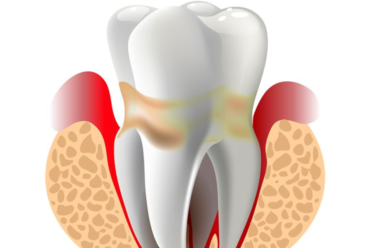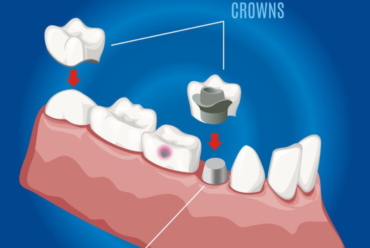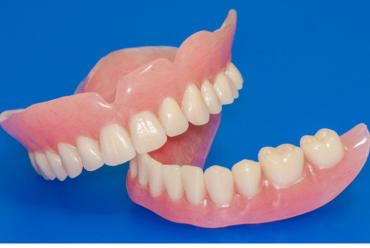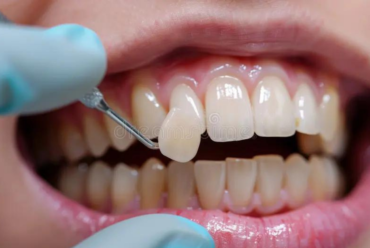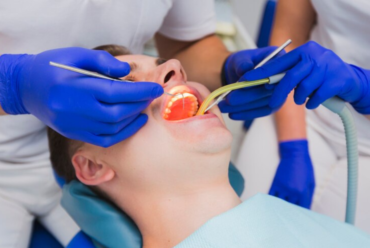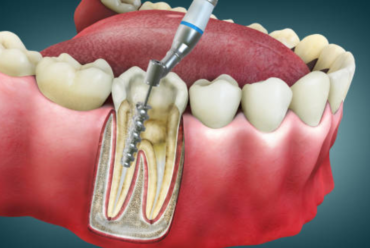What Is the Treatment for Periodontal Disease?
Periodontal disease, also known as gum disease, is a serious oral health condition that affects the gums and bone supporting the teeth. If left untreated, it can lead to tooth loss and other health complications. Fortunately, various treatments are available to manage and control periodontal disease, depending on its severity.
Understanding Periodontal Disease
Periodontal disease occurs due to bacterial infection and inflammation of the gums. It progresses in stages:
- Gingivitis – The earliest stage, characterized by red, swollen gums that may bleed during brushing or flossing.
- Periodontitis – A more advanced stage where the infection spreads to the supporting bone and tissues, causing gum recession and pockets around the teeth.
- Advanced Periodontitis – Severe infection leads to significant bone loss, loose teeth, and even tooth loss.
Effective treatment for periodontal disease treatment depends on the stage and severity of the condition. Below are the key treatment options.
Non-Surgical Treatments for Periodontal Disease
For mild to moderate cases, non-surgical treatments can effectively manage periodontal disease.
1. Professional Dental Cleaning
Routine professional cleanings help remove plaque and tartar buildup that contribute to gum disease. Dentists recommend regular cleanings, typically every six months, to prevent the progression of gingivitis to periodontitis.
2. Scaling and Root Planing
Scaling and root planing is a deep cleaning procedure performed under local anesthesia.
- Scaling removes plaque and tartar from above and below the gumline.
- Root planing smooths the tooth roots to prevent bacterial buildup and helps the gums reattach to the teeth.
This treatment is highly effective in managing early-stage periodontal disease and preventing further progression.
3. Antibiotic Therapy
Antibiotics help control bacterial infections. These may be prescribed in the form of oral antibiotics, topical gels, or mouth rinses. Some common antibiotics used for gum disease include doxycycline, minocycline, and chlorhexidine.
Surgical Treatments for Periodontal Disease
When non-surgical treatments are insufficient, surgical procedures may be necessary to restore gum health.
1. Flap Surgery (Pocket Reduction Surgery)
Flap surgery is performed when deep gum pockets make cleaning difficult. During the procedure:
- The gums are lifted to remove tartar deposits from deep pockets.
- The bone is reshaped if necessary.
- The gums are then sutured back into place to reduce pocket depth.
This helps improve gum attachment and makes it easier to maintain oral hygiene.
2. Bone Grafting
Bone loss due to periodontal disease can be restored through bone grafting. This procedure involves:
- Placing bone graft material (synthetic, donated, or patient’s own bone) to regenerate lost bone.
- Encouraging new bone growth to support teeth.
Bone grafting helps strengthen the jawbone and prevent tooth loss.
3. Soft Tissue Grafts
Gum recession due to periodontal disease can expose tooth roots, leading to sensitivity and increased risk of decay. Soft tissue grafts help restore lost gum tissue by:
- Taking tissue from the roof of the mouth or using donor tissue.
- Placing the graft over exposed roots to cover them and promote gum regeneration.
4. Guided Tissue Regeneration (GTR)
This procedure promotes bone and gum tissue regrowth by:
- Placing a special membrane between the bone and gum tissue.
- Encouraging new tissue formation while preventing unwanted tissue growth in the treated area.
GTR is often performed in combination with bone grafting.
Lifestyle Changes and Home Care for Periodontal Disease
Treatment for periodontal disease requires consistent oral hygiene and lifestyle adjustments to prevent recurrence.
1. Proper Oral Hygiene
- Brush twice a day using fluoride toothpaste.
- Floss daily to remove plaque between teeth.
- Use an antibacterial mouthwash to reduce bacteria.
2. Quit Smoking
Smoking increases the risk of periodontal disease and slows healing. Quitting smoking enhances treatment effectiveness and promotes gum health.
3. Maintain a Healthy Diet
A balanced diet rich in vitamins C and D, calcium, and antioxidants helps strengthen gums and supports immune function.
4. Regular Dental Visits
Routine dental checkups and cleanings every 3-6 months are essential for monitoring gum health and preventing disease progression.
Preventing Periodontal Disease
Prevention is key to maintaining healthy gums. Follow these steps to lower the risk of developing periodontal disease:
- Maintain good oral hygiene practices daily.
- Visit your dentist regularly for cleanings and checkups.
- Eat a nutritious diet to support gum health.
- Avoid smoking and limit alcohol consumption.
Periodontal disease is a serious condition that requires timely treatment to prevent complications like tooth loss and systemic health issues. Whether through non-surgical methods like scaling and root planing or advanced surgical procedures such as bone grafting, effective treatments are available. Maintaining good oral hygiene and making healthy lifestyle choices play a crucial role in managing and preventing periodontal disease. If you experience gum problems, consult a dentist or periodontist promptly to receive the best possible care for your oral health.


